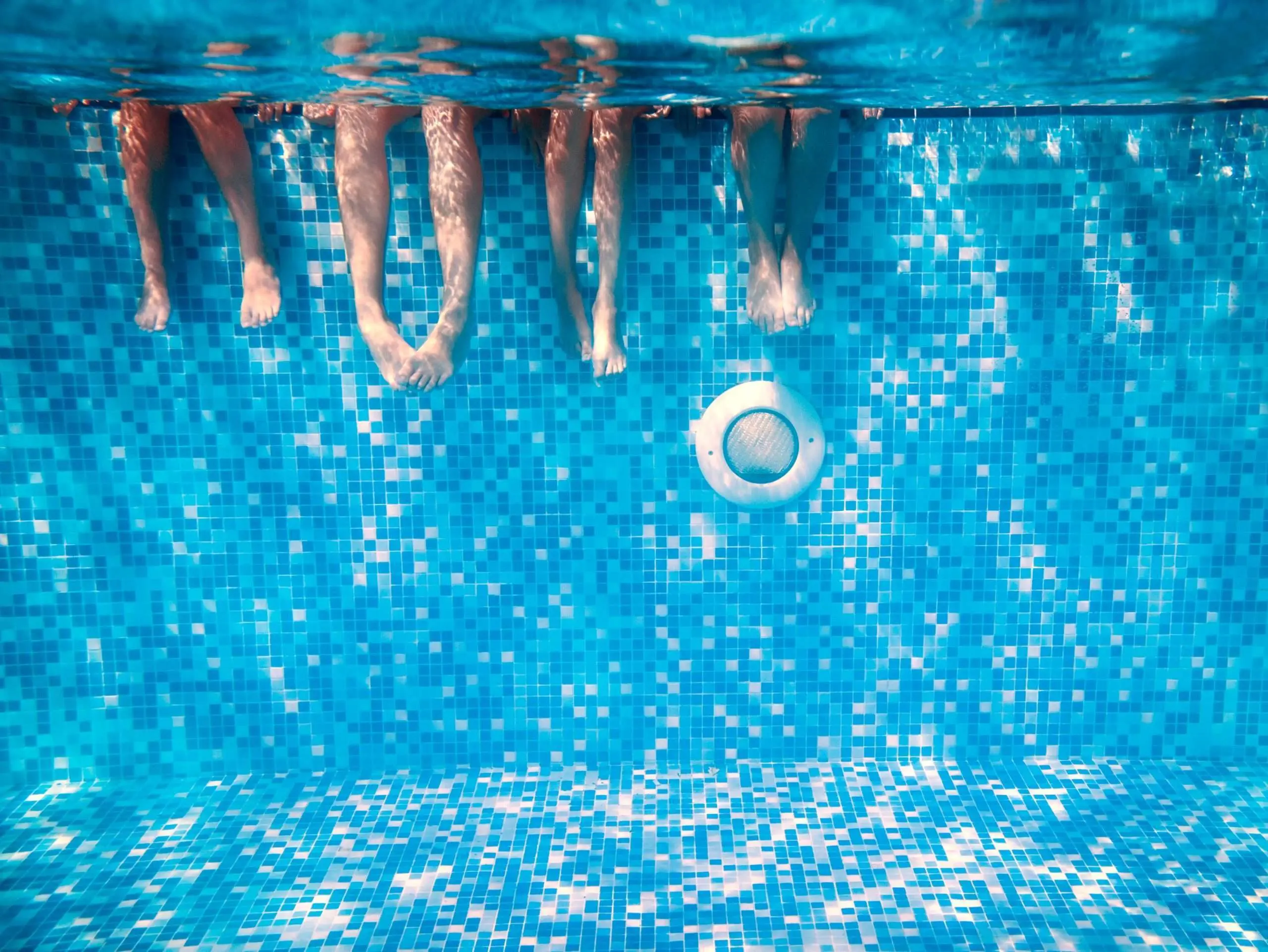
Swimming is popular because it keeps you healthy and refreshed, especially in the summer. This sport has numerous advantages, including being easy on the muscles and joints, good for the back, and for the cardiovascular system. However, if the practice is too rigorous or the movements are improperly executed, it might, like other physical activity, have an adverse effect on specific body parts. Today, we suggest focusing on the knees and the advantages of swimming for them.
The benefits of swimming for knee health
The knees are one of the body parts that experience the most stress while swimming. This has both advantages and disadvantages. Starting with the advantages for the health of the knees, this highly comprehensive sport has the benefit of having a reduced impact because the body is lighter in the water, meaning that the weight placed on the joints is much less significant. Swimming is, therefore a particularly beneficial sport for those who have knee problems, as well as for those who have foot and back issues.
Swimming to relieve arthritis
If you have arthritis issues, swimming is an activity to take into consideration. As was previously said, compared to other activities played on land, floating in the water and the accompanying lightness of the body provides a much gentler and more appropriate atmosphere.
This mild sport helps you to move and stay in good physical form without overloading the joints, and it is good for the health of your feet as well as your knees. For example, if you have foot osteoarthritis, swimming will help you preserve the range of motion and amplitude of the affected joints while also strengthening your body and reducing discomfort.
The risks of swimming for knee health
Swimming has a lot of advantages, but it can also be harmful to your knees, depending on how often and how hard you swim. Breaststroke, synchronized, or polo swimmers may have tendonitis in their knees from excessive swimming, which can weaken the joint.
Most foot cramps in the water are related to the feet. Even though this is frequently a minor issue, it can be painful and interfere with competition.
Therefore, it is a good idea to take a few precautions to protect and prepare your knees and feet in order to avoid injury as much as possible.
Swimming without endangering the health of your knees
Let’s start with knee health. Always remember to warm up before engaging in your preferred water sport and increase both distance and intensity gradually to prevent damage. To avoid unintentionally hurting yourself when swimming, pay close attention to your leg motions. Also, make sure to change up your strokes. It’s also a good idea to do vigorous exercises to strengthen your knee muscles.
After the workout, remember to stretch and drink plenty of water since you still need to hydrate even if you are in the water, you still need to hydrate.
Keeping well-hydrated is crucial for foot health and cramping problems. The same is true with stretches and warm-ups. Also, remember to eat foods rich in potassium (raw and dried fruits, oilseeds, legumes, etc.).
Swimming and knee health is a matter of balance
Swimming is an activity that is highly esteemed for improving the overall health of the body, including the knees. But, just like any other form of exercise, it is crucial to perform it sensibly or to be really well-prepared within the constraints of a regular routine.
Are you wondering which sport is best for your condition since you have discomfort in your feet or knees? Contact a FootNetwork podiatrist now to obtain a precise diagnosis and personalized advice.

